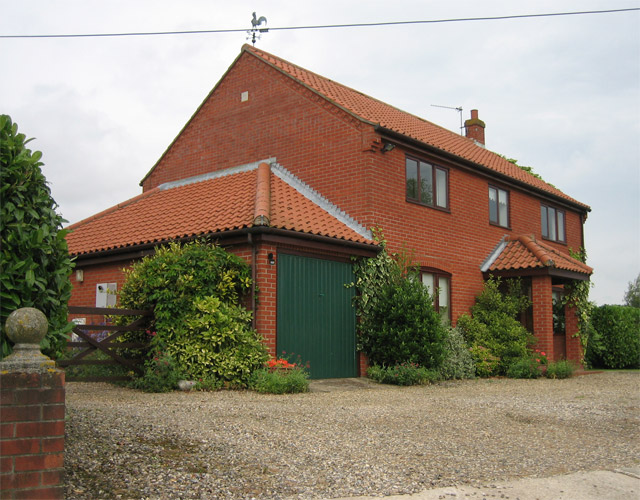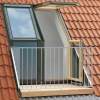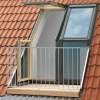Whether you’re adding value to the home you’ve just purchased or you’re looking to increase the potential purchase price for selling it on, there are ways of adding value to a property for all budgets. The value you can add depends on any problems present, including;
- What sort of resale figure increase you’re looking to achieve?
- Prohibitive planning permission.
- Work that’s already been done.
 For example, you may not be able to increase the property price by adding off-road parking by knocking down a garage which has been converted to extra living space. That’s why it’s important to consider the primary factors before heading onto your big scheme. Then, once that’s all dealt with, you can move on to your next phase. Upgrading! Here’s how you could add value to your house this year.
For example, you may not be able to increase the property price by adding off-road parking by knocking down a garage which has been converted to extra living space. That’s why it’s important to consider the primary factors before heading onto your big scheme. Then, once that’s all dealt with, you can move on to your next phase. Upgrading! Here’s how you could add value to your house this year.
Conversions
These are great ways to improve the value of the property. When you decide to convert a room within the home, you might not know where to start, what to change or why it would be better for your property. Here’s a guide to help you with your decisions and planning.
Basement and cellar
Cellars and basements are cold and damp places for most, but many Victorian and Edwardian properties can benefit from converting these areas. Often the same size as the house’s footprint, cellars and basements can be transformed from utilities and storage areas to maximise the potential and the value of a property. For example, adding 2 bedrooms and a bathroom can add around 30% value.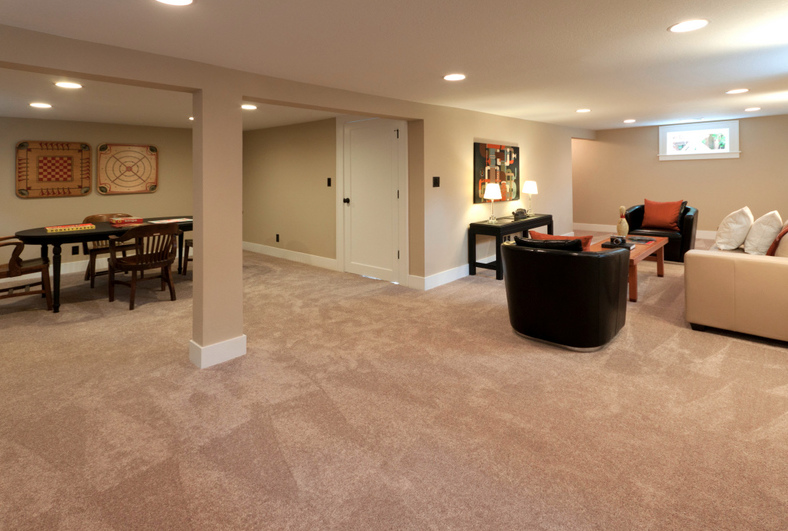
The same principle applies to utility rooms. As they are more common in older houses, utility rooms aren’t used to their full potential and often develop into dingy unused spaces of the home. You could knock a wall down between a utility and the kitchen to make more space and re-configure its use. Could it serve as a home office or kids playroom? Possibilities are wide-ranged and well-varied!
Garage
Attaching a small or large garage can add a chunk of value onto the property price regardless of the size. A small garage could easily be turned into a utility or adapted to increase the size of the kitchen. Alternatively, a large garage could offer the potential for another living space or bedroom. Consider the building and conversion costs versus the return you’d get by checking out other local properties or consulting an estate agent.
It’s worth considering the presence of off-road parking! If your garage is used to store a vehicle where no off-road parking is available, converting it to remove off-road parking could be detrimental to the property price.
Loft
Loft conversions have been a popular addition to houses these days. Where there’s space available, many will flock to the idea of changing their unused loft into an attractive master bedroom. Many homeowners and potential buyers also admire the possibility of having an en-suite, additional full bathroom or dressing space. In fact, simply adding a bedroom can add up to 15% of the property value to your home. This can raise when you add a bathroom and an en-suite to just over 20%. Additionally, not all loft conversions need planning permission! This means work can be done straight away with no red tape! Why not look into VELUX roof terraces? It’s a simple and chic balcony solution that makes roof space usable and increases property value.
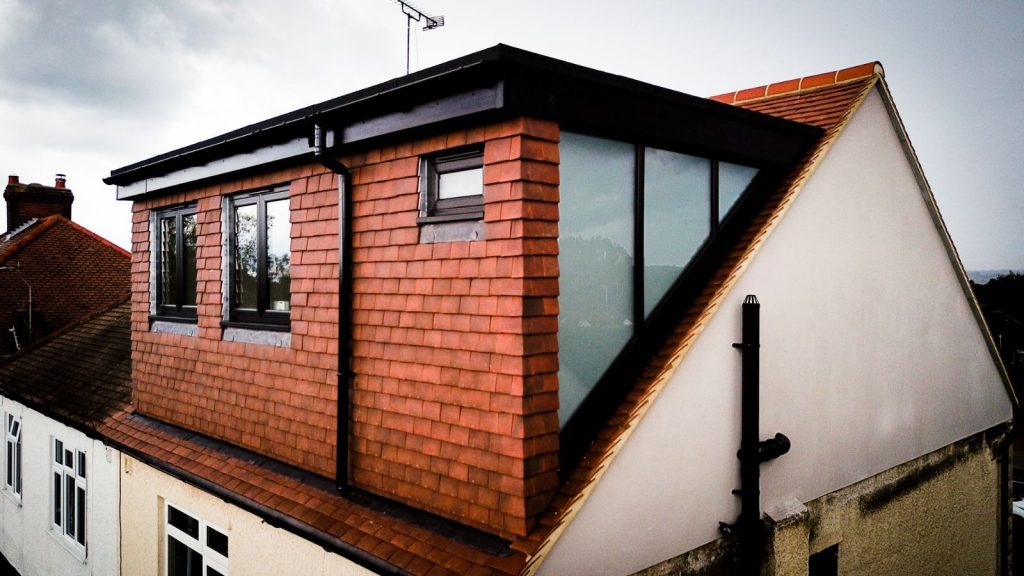
Additions
Side or rear extensions
Understandably, the cost will be one of the main factors to consider. Spending £15,000 on a side extension may not be worth it if it increases the sale price by £17,000. You will need to work out what your property will be worth by looking at similar ones in the area. Following that, you can shop around for builder’s quotes. Once this is considered, adding a side or rear extension can increase living space by a surprising amount. Even a single-storey 1m extension on the side of the kitchen could allow you to reconfigure the space and add an island or other desirable feature.
Don’t forget that this type of work may require planning permission, which incurs a cost.
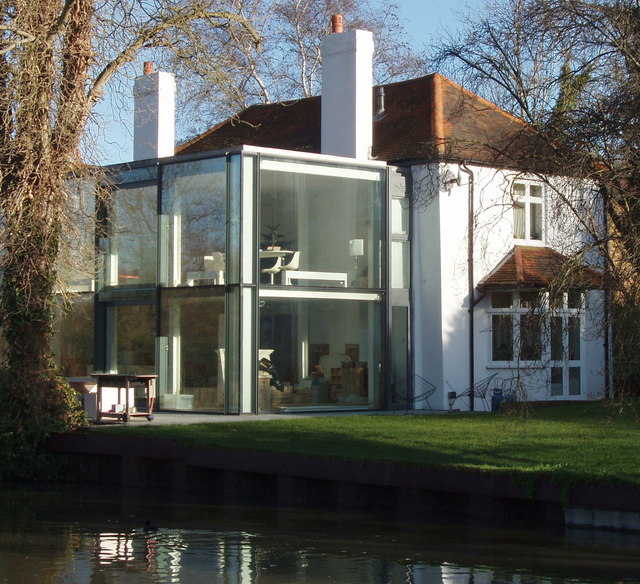
Conservatory
A conservatory adds plenty of light, space and value to your home. Moreover, this feature increases living space and updates the interior style. Consider the style of your home before choosing a conservatory type is key if you want the themes to blend well together. For example, a 1930s Victorian terrace may benefit more from a black-painted aluminium square conservatory, whilst a very modern new home could take advantage of a classic white conservatory.
What you will need to remember is traditional white uPVC conservatories are becoming a thing of the past. Attractive, metal options with plenty of glazing are overtaking them as the preferred style. So you will need to consider your options carefully and how much you spend. If you don’t spend at least £4,000 on your new conservatory you may be at risk of making the property worth less due to the decrease in its quality from use over the following years.
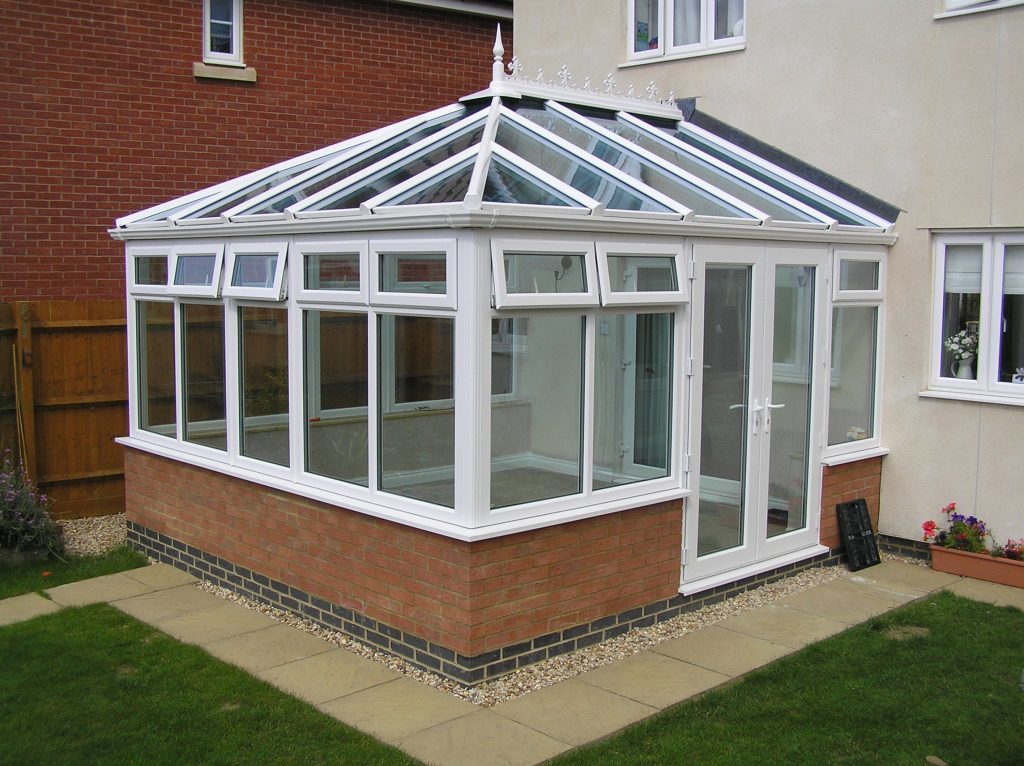
Additionally, studies have shown a conservatory can add 5% value to a property!
Conservatories are generally permitted under Permitted Development but double-check your legal documents for covenants or restrictions.
Parking
We live in an age where almost every homeowner has a car or some sort of vehicle access. If you have no off-road parking but have the potential for parking space, you can fix this issue by adding a driveway into your unused garden space where available.
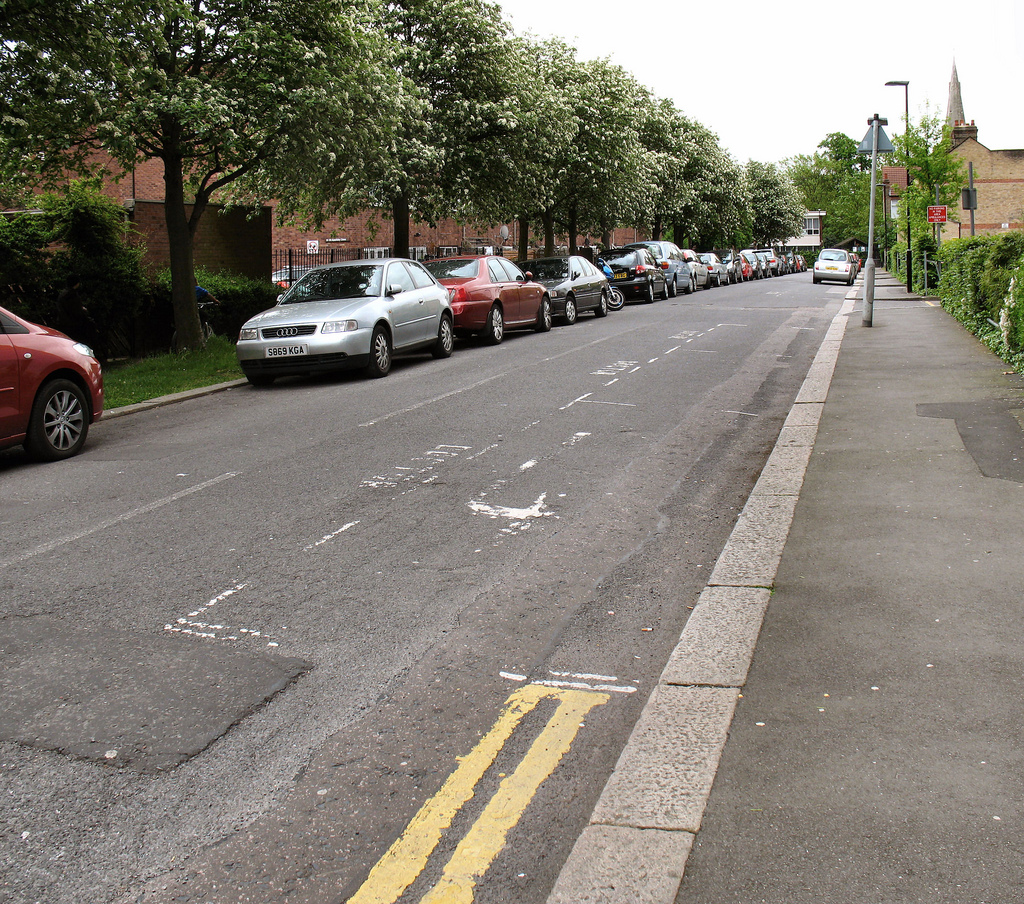
Since you’re giving direct access to a public highway (unless you live on private land/road), you need local council planning permission to install a driveway, parking space or hardstand in front of your home. An unused patch of your front garden can easily add value for off-road parking purposes. This particular solution can be used in London or other built-up areas where parking is permit-only.
Decking
A garden is one of the first things you or potential buyers may see before entering a property. If you know the landscape could have something more, consider decking. By simply adding wooden decking to your garden, you can have just over 80% return on investment. It can also level out a slope in your garden and can be more cost-friendly than changing the garden completely.
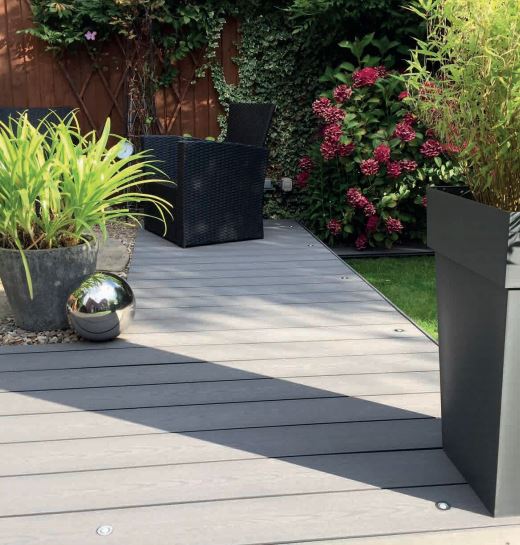
Major changes
Splitting the home
This kind of ‘splitting out’ of a home often works well for three-storey houses where the bottom storey would be a basement flat. This, however, does not limit the possibilities.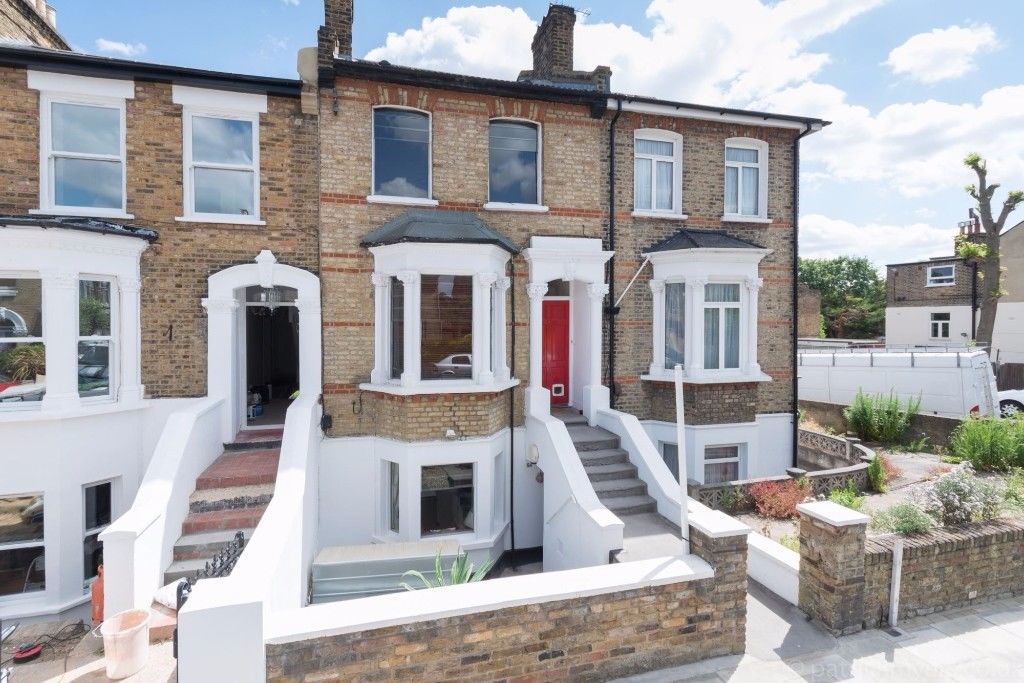
You might not be looking for such a drastic and strange suggestion, but this option is ideal for a young professional couple to consider. With this option, you could split a large house into one upstairs, two-bedroom, flat (perfect for a young couple). From there, you can sell the downstairs flat to fund the works and more than likely, a sizable chunk of the mortgage! This change also gives the option for rental income from a long-term or holiday let.
Repairs and replacing
Pipework and plumbing
Although not a significant aspect regarding the look of the home, it is worth to consider the quality of the pipework and plumbing. If you’re showing off a home you don’t want slow, gurgling pipes to ruin the atmosphere of a space. Especially if you’re planning to sell said property to a potential buyer with a keen interest quality of water pressure.
Rumbling pipes could be indicative of a struggling boiler or other inherent problems that can affect the property price. Plus, potential buyers have nothing to lose from offering £7,000 below the asking price for example, so it’s worth putting right.
Windows and doors
Of course, it’s expected nowadays for properties to have double glazing as standard throughout. If seals have gone on any doors or windows then it would be worth replacing these. Old aluminium frames can be off-putting too, so upgrade to uPVC or something energy efficient for kerb appeal and an increase in EPC ratings (which tells homeowners how efficient the home is and the direction their bills are going in!).
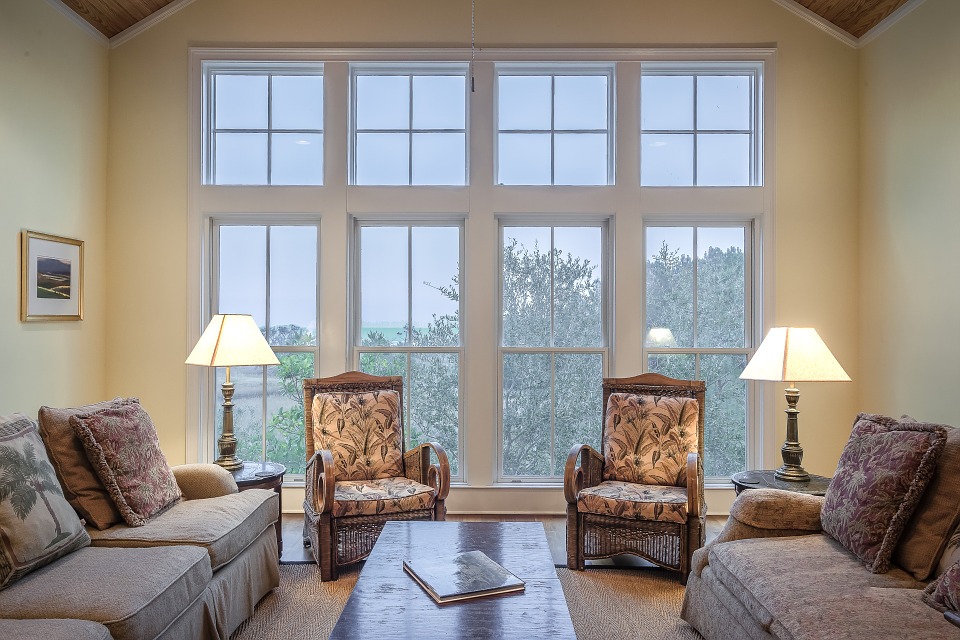
What you need to do
Planning permission
Selling land with planning permission to build a 3-bed house is a common practice. Why not sell your 3-bedroom house with planning permission for an extension or conversion?
Obtaining planning permission to add off-road parking or convert a garage into a living space, for example, can sometimes be enough to add some value. It stops buyers from having to take a gamble on buying to see if they can make changes they have in mind as planning permission generally lasts for 3 years. So as soon as they move in, they’re good to go! Planning permission to split long gardens and build another home on the end is a surefire way to add value if it gets approved. Although you may want to keep the additional land with permission and build something new of your own!
For the most desirable changes, you will need to secure planning permission. An exception to this, for example, can be a loft conversion, depending on such factors as the desired loft space size or the extension height. For help with getting planning permission for a home to develop a large loft conversion or other similar changes to your home, contact us directly or check out our blog for further information.
If you have any other questions, queries or want to know more about how to add value to your home, don’t hesitate to get in touch. Call our team on 01752 692 760 or use the live chat in the bottom right-hand corner and we will be more than happy to help.


